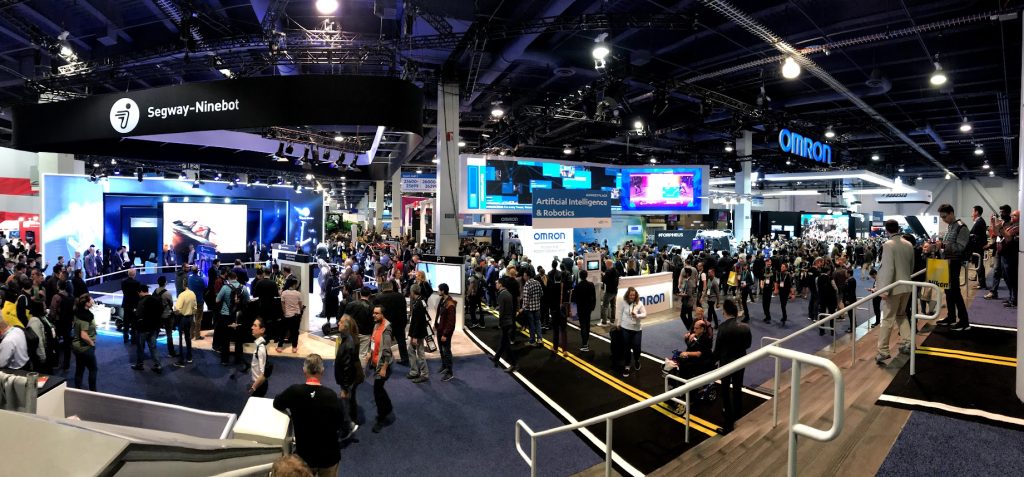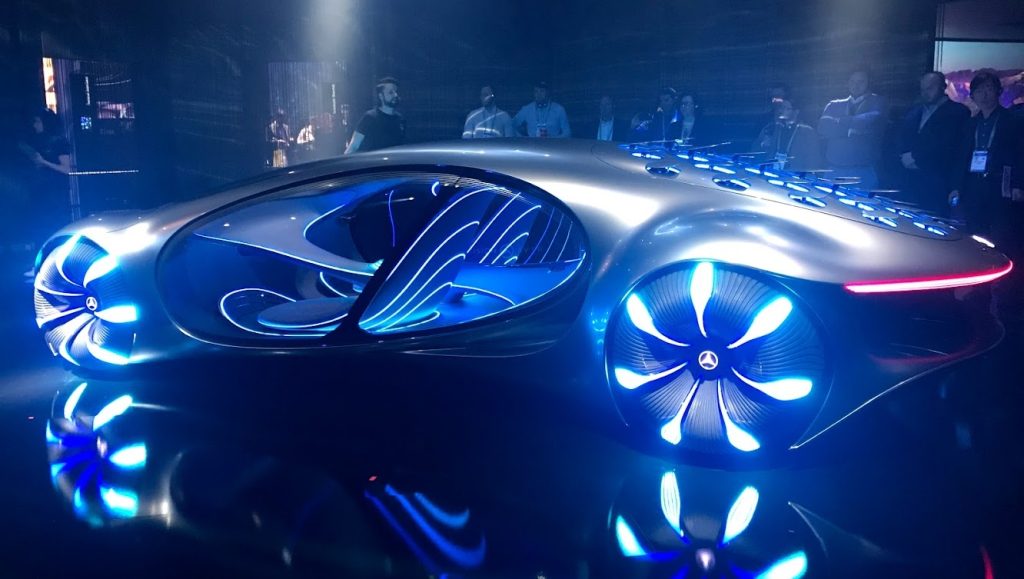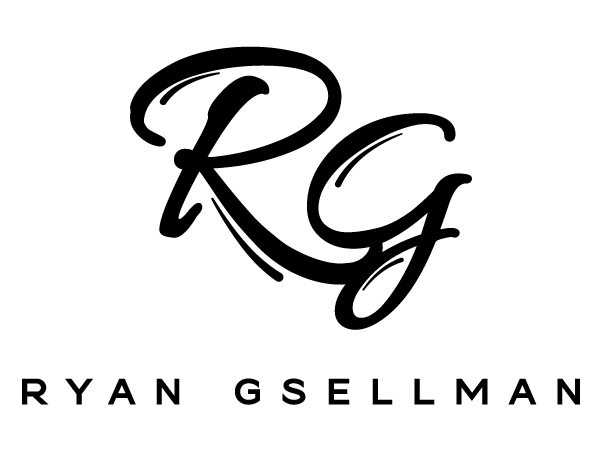CES 2020: The Last Great Tech Show Before the World Changed

By: Ryan Gsellman
CES 2020 was big in every sense: the Consumer Technology Association’s post-show audit verified 171,268 attendees, 4,419 exhibitors, and nearly 3 million net sq. ft. of exhibit space—one of the last pre-pandemic mega-shows to hit those numbers.
Headline themes and surprise moments
Two themes were threaded through almost every hall: AI everywhere and mobility-as-tech. Samsung’s keynote framed it as the “Age of Experience,” complete with Ballie, a palm-sized rolling home robot that hinted at ambient AI in the living room. Ballie became one of the show’s most shared demos and a marker for how far “helpful” AI companions might go.
The shock reveal belonged to Sony—yes, the TV/camera/PlayStation company—rolling onstage with the Vision-S electric concept car. Built to showcase Sony’s sensors, entertainment stack, and in-car UX, the sedan packed 33 sensors in a 360-degree “safety cocoon” and a panoramic dashboard display. Sony stressed it wasn’t entering mass auto production, but the concept underlined how the car had become a software and electronics platform.
Mobility gets sci-fi (and serious)

Automotive concepts were everywhere. Mercedes-Benz drew crowds with its Avatar-inspired Vision AVTR, using sustainable materials and exploring novel human-vehicle interfaces as a design manifesto more than a production promise. Meanwhile, Hyundai and Uber unveiled a full-scale air-taxi mockup (S-A1) and a partnership for future aerial rideshare—an early signal of eVTOL ambitions from major incumbents. Toyota went bigger still, announcing “Woven City,” a real-world prototype town at the foot of Mt. Fuji to test autonomous systems, hydrogen energy, robotics, and smart homes. All three stories framed mobility as an ecosystem, not just a vehicle.
PCs fold, phones hide cameras, and chips leap ahead
2020 was also the year foldables left phone-only hype. Lenovo detailed the ThinkPad X1 Fold, the first fully functional foldable PC with a 13.3-inch OLED screen, signaling that “one-device, many postures” computing had real OEM support (and a $2,499 starting price). On the phone side, OnePlus’ Concept One used electrochromic glass to make the rear cameras “disappear” until needed—less a shipping product than a compelling design experiment. Under the hood of countless laptops on the show floor, AMD’s long-rumored Ryzen 4000 mobile chips (7nm, up to 8 cores/16 threads) arrived, igniting a new round of competition in thin-and-light and gaming notebooks.
PC makers also played with form: Alienware’s Concept UFO imagined a handheld Windows gaming PC with detachable controllers—essentially a Switch-style device for Steam libraries—previewing today’s booming portable-PC category.
Health tech and a notable policy shift
Digital health surged. Withings unveiled ScanWatch, a hybrid smartwatch aiming to detect AFib with ECG and flag sleep apnea via SpO₂ tracking—ambitious claims that foreshadowed the category’s medical-grade tilt. More broadly, wellness gadgets (from smarter sleep aids to connected fitness) reflected a maturing market that valued validated metrics over novelty.
A different kind of “health” made headlines too: sex tech. After controversy in 2019, the CTA let “tech-based sexual products” back into CES—on a one-year trial—with added rules for how they could market on the floor. Lora DiCarlo’s return symbolized that policy turn and sparked wider debate on normalizing sexual wellness in mainstream tech spaces.
Entertainment and platforms
Sony’s keynote also delivered the most viral logo of the show—the first look at the PS5 wordmark—along with confirmations of SSD speed, ray tracing and haptic/adaptive trigger features, keeping the next-gen console narrative hot ahead of its holiday launch. Elsewhere in displays, 8K TVs and edge-to-edge designs grabbed headlines, but the real story was software and services riding on top.
Airlines on the keynote stage
Delta became the first airline to headline a CES keynote, previewing “Parallel Reality” personalized flight-info billboards, improved Wi-Fi plans, and even exoskeleton trials (with Sarcos Robotics) to help ground staff lift safely—an example of how CES had expanded beyond gadgets into operational tech.
The quick take
If CES 2019 was about promises, CES 2020 felt like the bridge between concepts and credible roadmaps. AI embedded itself in everything from home robots to aircraft cabins; mobility stretched from cars to air taxis to entire cities; PCs and phones kept morphing; and health tech edged closer to clinical usefulness. It was also a show willing to revisit its own boundaries—on privacy (Apple’s rare panel appearance) and on sexual wellness—suggesting that “consumer tech” in 2020 meant culture and policy as much as hardware.
By the numbers: CES 2020’s scale and breadth made it the tech world’s last truly massive in-person show before global shutdowns—an ambitious snapshot of where innovation was headed next.
